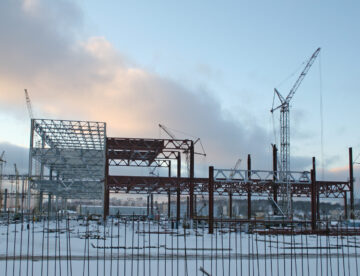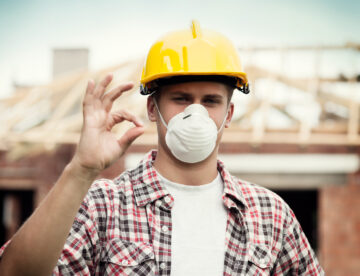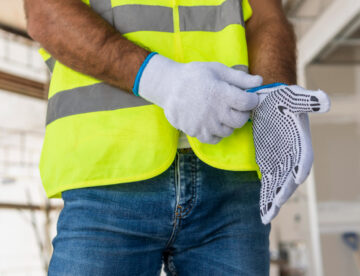
Construction work can be tough on the skin. From contact with hazardous substances to prolonged sun exposure, workers face daily risks that can lead to serious skin conditions, including dermatitis, chemical burns and even skin cancer.
Protecting your skin isn’t just about comfort – it’s essential for long-term health and safety. Find out more about the dangers and what you can do to reduce the health risks in our latest Focus on Safety blog.
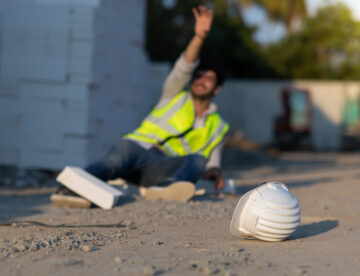
Falling objects pose a significant threat to worker safety on UK construction sites. These incidents can result in serious injuries and even fatalities, making it absolutely for everyone on site to understand what can cause an object to fall and how to implement effective prevention strategies.
For this week’s blog, we’re returning to our ‘Focus on Safety’ series and looking into this critical issue in more detail.
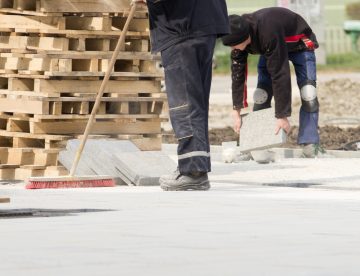
While cleaning up might seem like a secondary concern on a bustling construction site, taking the time to remove scrap materials, dispose of debris properly and store tools securely is crucial. These practices aren’t just about keeping things tidy; they’re essential for preventing accidents, injuries and environmental hazards.
In many cases, incidents involving slips, trips and falls could have been prevented if the site had simply followed better housekeeping practices. Take note of some top tips in this week’s blog.
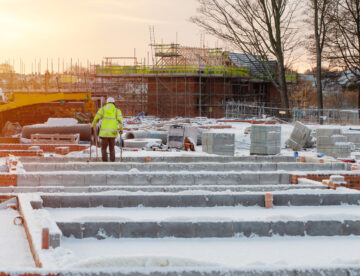
After a few chilly early mornings and, as we’re likely heading into the coldest months of the year, it’s time once again for the construction industry to brace itself against the full impact of winter.
Working outdoors in rain, snow, ice, fog or wind can be harsh, however there are practical solutions which can help ensure such work is carried out productively and that every site worker stays safe and healthy. Take just a few minutes out of your day to read this week’s blog, where we’re sharing three strategies for weatherproofing the construction site.
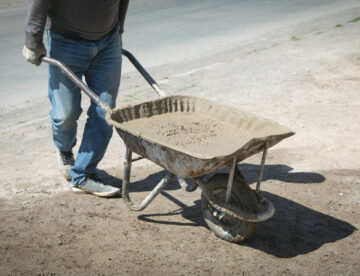
According to the Health and Safety Executive (HSE), over 1.2 million working days are lost in the UK because of injuries caused during manual handling tasks in the construction industry.
Aside from the economic impact, such injuries can be painful and have long-term, serious consequences – particularly those involving back problems like slipped discs and repetitive strain injuries. At Sheriff Construction, our site workers undertake mandatory training in this area but we thought we’d use this week’s blog as a reminder of why this is such a backbone of safety in construction and pass on a few general ‘DOs’ and ‘DON’Ts’.
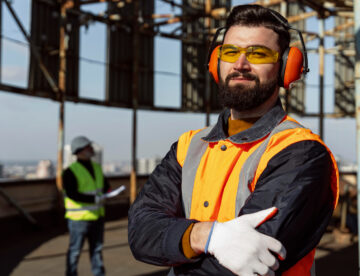
With tools and equipment in almost constant use, a construction site is generally a noisy environment.
Aside from the potential for this to cause nuisance to neighbouring communities, frequent exposure to raised noise levels can have serious consequences for workers, causing problems like tinnitus (a sensation of ringing in the ears) and hearing loss.
Find out more, including how to protect yourself from these risks in this week’s blog.
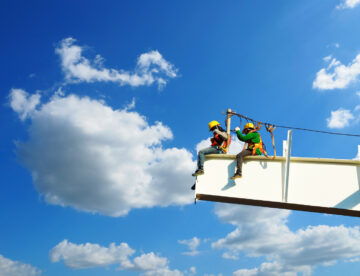
According to the Health and Safety Executive (HSE), almost one in five deaths in the construction industry involves roof work, the most common causes being falls from roof edges or through fragile surfaces.
The saddest thing about this statistic is that a great many of these accidents could have been avoided through the implementation of proper safety measures – using the correct equipment and ensuring workers receive adequate information, instruction, training and supervision. Take a moment to read this week’s blog for some key safety tips.
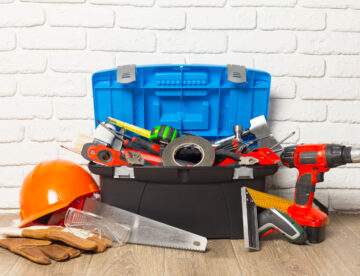
Tools and equipment are essential to the effective running of any construction site but, because they are used so much, they can suffer a lot of wear and tear, become damaged and eventually be unusable.
However, with proper care and maintenance, the lifespan of your tools and equipment can be extended and that’s good news for four reasons: 1) Better quality tools means better quality work; 2) It reduces costs related to repairs or replacements; 3) There will be fewer accidents/ injuries from faulty equipment; and 4) It’s better for the environment.
With so much to gain, in this week’s blog, we’re sharing some top tips for how to protect and maintain those tools.

